In this post, we will see the difference between optical fibre and coaxial cable.
Transmission media are normally classified into two types – guided and unguided. Guided media is those which uses a physical medium for transmission, like wires.
Unguided media is those which uses air or vacuum as a medium for transmission in a wireless manner, by electromagnetic waves.
Now, we will have a look at guided media here. Guided medium is divided into three major types – coaxial cable, optical fibre and twisted pair.
In this post, we will see the difference between optical fibre and coaxial cable.
First, let us understand both these types.
Optical fibre
Optical fibre is a medium that uses light pulses along with transmission fibre, which is glass, silica or plastic. Refer to the below image.
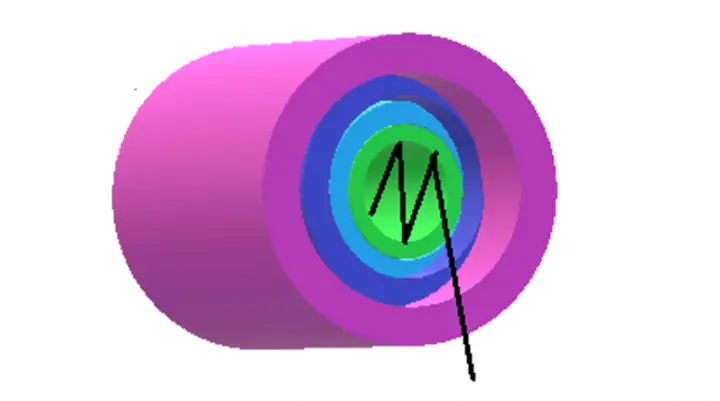
The outer layer of purple colour is the plastic coating. The second layer of dark blue colour is the cladding (less dense glass or plastic).
The third layer of light blue colour is the core and the last green colour layer is the fibre. Light rays travel through this fibre by the principle of internal reflection. This causes the light to reflect itself through the channel and travel till the end.
The light is shown as a black line in the above image. The density of the two last layers is maintained in such a way that the light beam travelling through the core is reflected off the cladding.
Information is transmitted in a binary way as a sequence of on or off light flashes that means 1 or 0.
Coaxial cable
A coaxial cable is a medium that transmits data in low voltage electrical form. Refer to the below image.
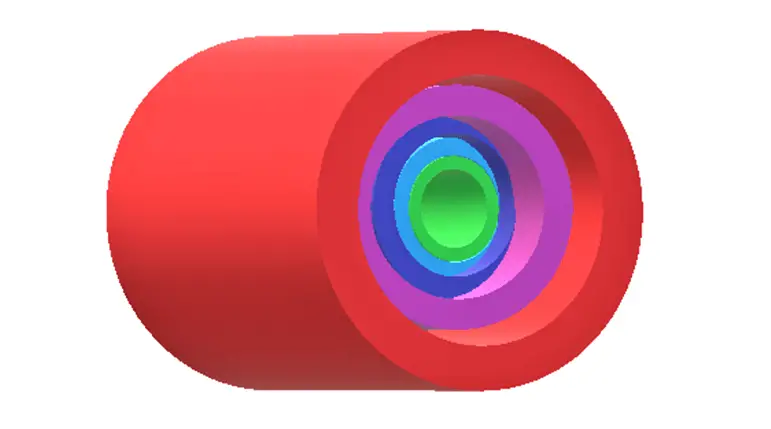
The first layer is the plastic cover shown in red colour. It acts as a shield for the whole cable. The second layer of purple colour is an insulator of metal wrapping which acts as a protection against the noise.
The third layer of dark blue colour is a conductor of a metal braid, foil or a combination of both. The fourth layer is again an insulating shield and the last layer is a conductor of copper.
Difference Between Optical Fibre and Coaxial Cable
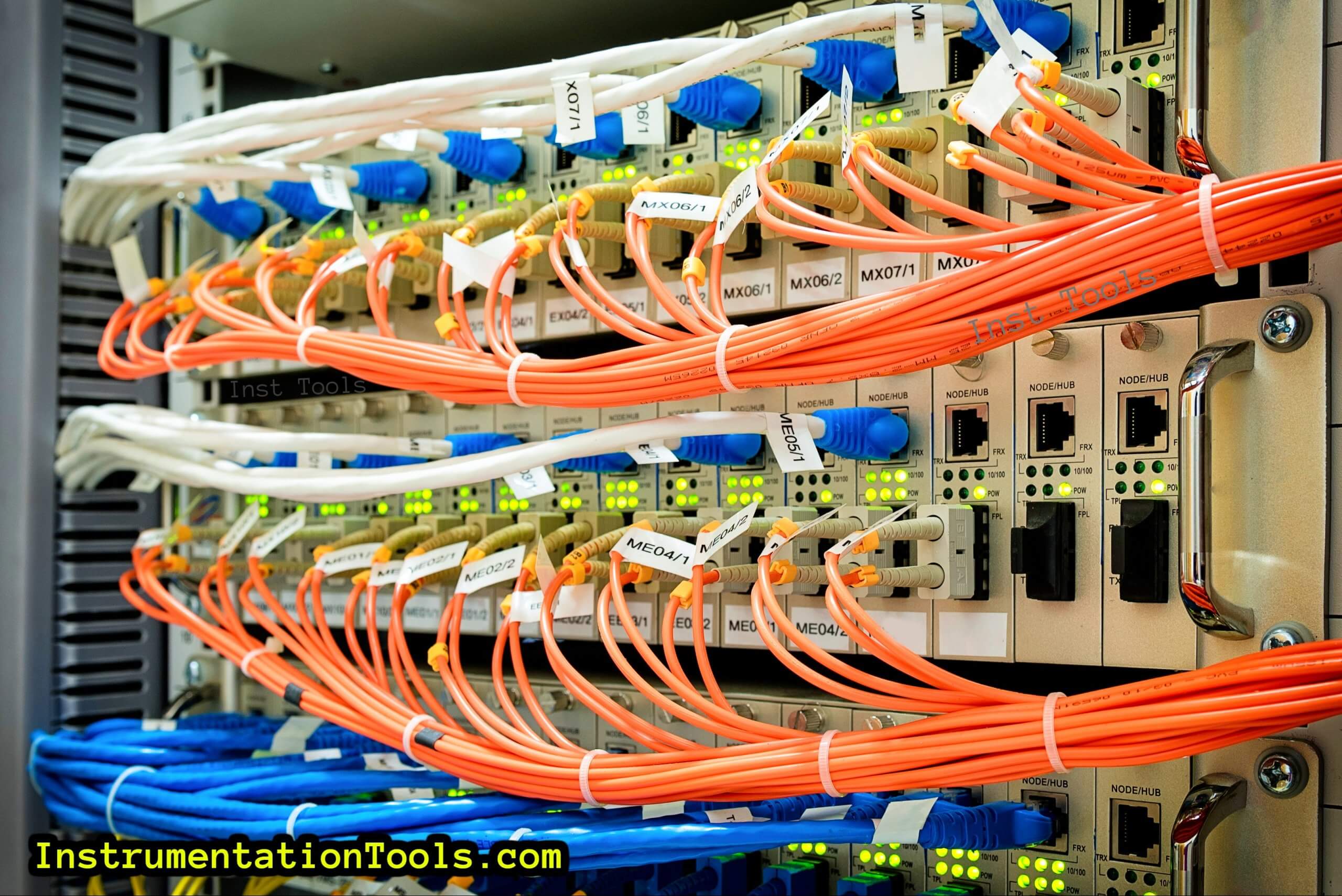
Now, let us have a look at the differences between both the cables.
- The main difference lies in it’s working. Optical fibre uses light as the medium whereas coaxial cable uses electricity as the medium.
- Optical fibre is highly efficient due to usage of light which is faster and also highly redundant to losses, as compared to coaxial cable which is less efficient.
- Optical fibre cable is costlier than coaxial cable.
- The transmission speed of optical fibre is up to 10 Gbps; whereas that of coaxial cable is only up to 10 Mbps.
- The material used in optical fibre is plastic and glass; whereas that used in coaxial cable is plastic and copper wires.
- Optical fibres are more complex to install as compared to coaxial cable which is easy to install.
- The losses that occur in optical fibres are absorption, dispersion, bending and scattering. It is due to light used in it. The losses that occur in optical fibres are resistive loss, dielectric loss and radiated loss.
- The data bandwidth and data rates is higher in optical fibre cables as compared to coaxial cables.
- Optical fibre cables are lightweight, whereas coaxial cables are heavyweight and thick in diameter.
- Optical fibre is used in HDTV’s, aircraft and medical field; whereas coaxial cable is used in cable TV signals, internet and telephone connections.
In this way, we saw the difference between the optical fibre and coaxial cable.
If you liked this article, then please subscribe to our YouTube Channel for Instrumentation, Electrical, PLC, and SCADA video tutorials.
You can also follow us on Facebook and Twitter to receive daily updates.
Read Next:
- What is OTDR?
- Testing of Fiber Optic
- Single-mode Optical Fiber
- Construction of Fiber Optic Cable
- Fiber Optics Objective Questions
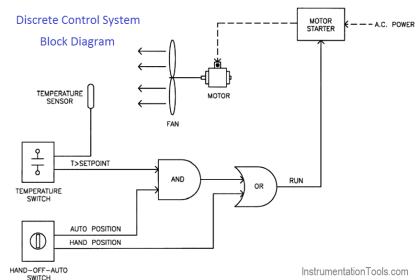
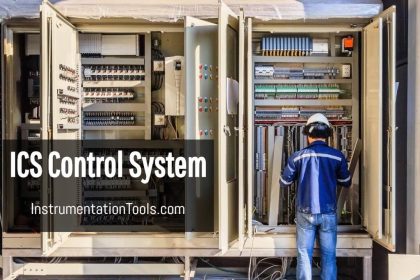
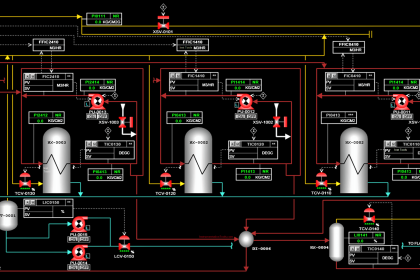
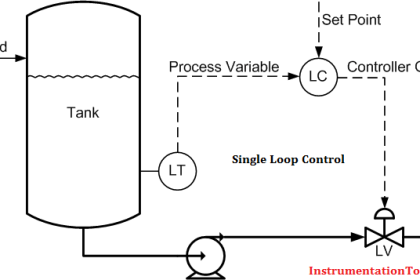
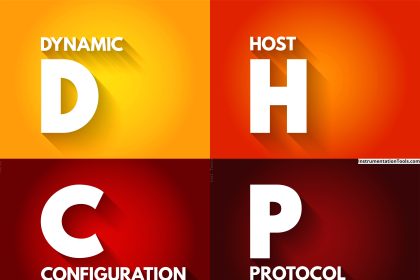
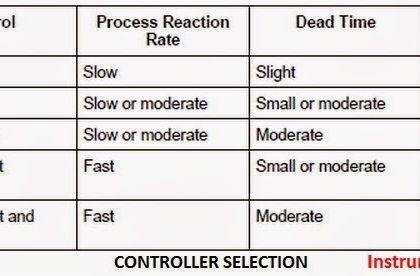

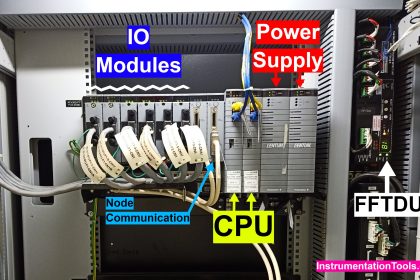
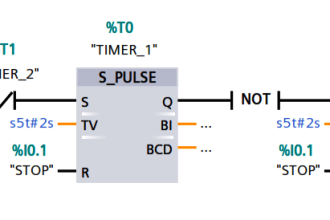
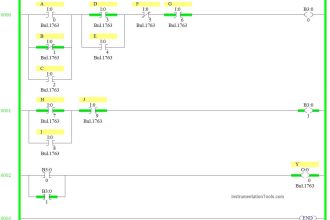
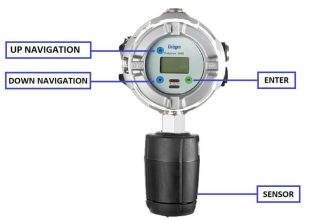

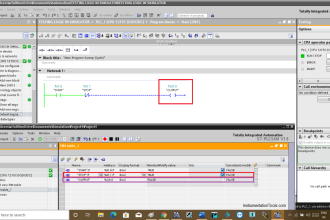
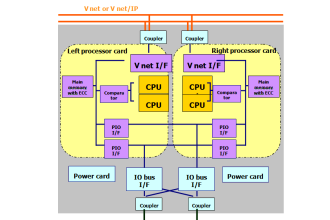
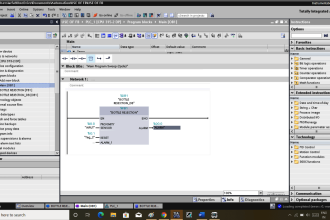
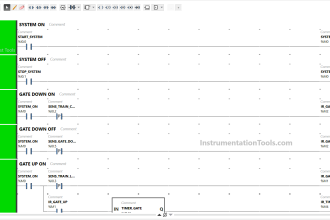

itis valuable information
thank you